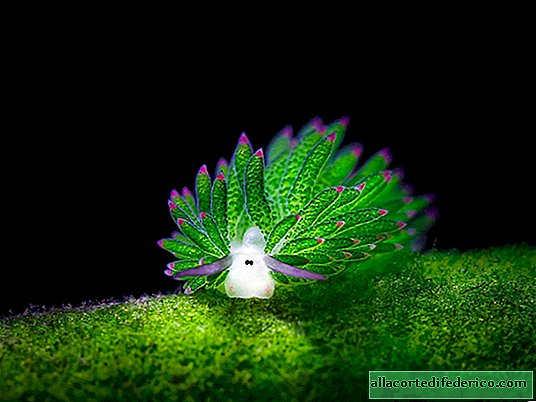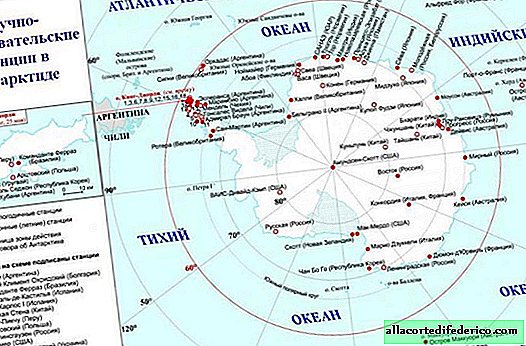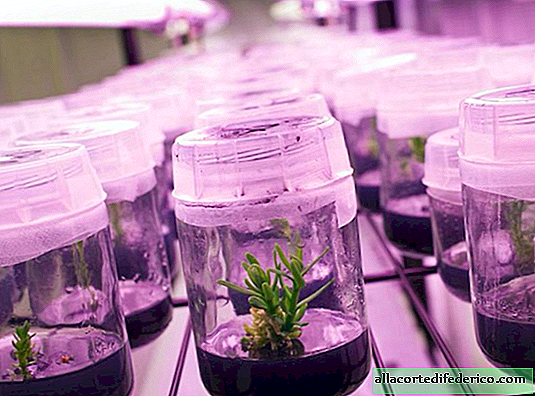How dragonflies "predict the future"
People dream of predicting the future. But in fact, we already have this ability. For example, we can say for sure where the thrown ball will fly, or we can roughly hit the keys with a friend if he asks them to transfer. “So-so prediction,” you say. Perhaps this does not look like the illumination of Nostradamus, but it helps us a lot in life. Dragonflies have a similar ability to predict which path their victim will follow. Useful skill for a predatory insect! But how does she do it?
Predictor neuron
It's all about the dragonfly’s brain. As scientists have found out, he knows how to anticipate the movement of prey, allowing the dragonfly to hunt more successfully. Previously, researchers were more interested in how mammals cope with this task, but insects, as it turned out, have something to surprise. In addition, the neural processes that occur in the small dragonfly brain are very convenient for transferring to a technological object - for example, drones or cars with automatic control, which can also predict the movements of another object.

What are these processes? Special brain neurons allow the dragonfly to focus on a small object that moves around a complex background, similar to how athletes can track and catch a ball, even if it moves against a huge crowd. That is, a dragonfly is able to select a specific small target from the entire volume of visual information and predict its movement, as a person does.
Dragonfly will teach drones
Here lies the most interesting thing for scientists. Despite the fact that the mammalian brain is much more complex than the brain of insects, evolution has “taught” them the same target tracking tools. Researchers even managed to record the actions of these neurons.

Neurons can reduce and increase the electrical signal when necessary. So they transmit information. When the dragonfly "captures" the object, the neurons increase the signal in a small area of "focus" right in front of the place where the unfortunate victim is. If it disappears from the field of view, then the focus shifts, allowing the brain to guess where the object will appear next. Dragonfly draws such conclusions based on the path that the insect that interested her has already done.
Research helps to understand how solitary neurons make preliminary predictions based on past experience. These results will be of great practical use, especially in the development of artificial intelligence “vision” systems, for example, in cars with autopilot.

















